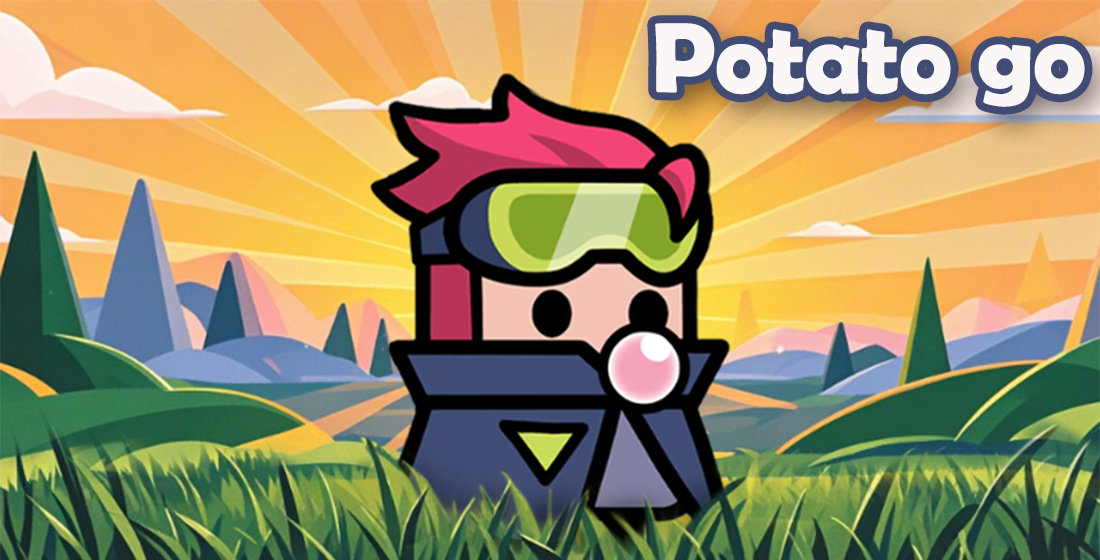Unlocking Learning: How Educational Games Transform the Future of Education
In today's fast-paced world, the way we learn is changing dramatically. Enter the world of educational games, a dynamic avenue that empowers learners to engage deeply with the material while having fun. With the rise of technology, these games are not merely a trend but a revolution that could redefine educational methodologies. But how exactly do educational games transform our understanding of learning?
1. The Evolution of Educational Games
Initially, educational games were simple flashcards and quizzes, designed to help students memorize facts. However, with advancements in technology, we witnessed an explosion of interactive and immersive educational games that offer real-time feedback, making learning more engaging.
2. Understanding Engagement Through Gamification
Gamification utilizes game-like elements in non-game contexts, fostering engagement. By incorporating points, levels, and rewards, educational institutions can enhance student participation. This engagement can lead to increased retention of knowledge.
3. Bridging the Gap Between Fun and Learning
Imagine a classroom where students are not just passive listeners but active participants. Games like World at War turn traditional lessons into exciting adventures, allowing students to learn history not just from books but through interactive simulations.
4. Benefits of Educational Games in Learning
- Enhanced Critical Thinking: Students must strategize and solve problems.
- Improved Motivation: Fun elements keep learners engaged.
- Adaptability: Games can be tailored to suit different learning styles.
- Instant Feedback: Players receive immediate results, which inform learning paths.
5. The Role of Technology in Game-Based Learning
The integration of technology—especially mobile devices and computers—has made educational games accessible to many. Students can engage in learning irrespective of location, with games adapting to individual educational needs.
6. Case Study: Go Fund Potato Salad
One notable funding campaign, “Go Fund Potato Salad," may seem ludicrous at first glance, yet it demonstrates how small interests can become a viral phenomenon. This represents the potential of niche educational games that capture specific interests, leading to broader discussions about funding and entrepreneurship.
7. Challenges of Implementing Educational Games
While the potential is immense, several challenges come with implementing educational games in classrooms:
- Teacher Training: Not all educators are tech-savvy.
- Device Accessibility: Not every student has access to the required technology.
- Curricular Integration: Aligning games with educational standards can be tricky.
8. Designing Effective Educational Games
Developers must envision quality games that fuel educational intentions. Characteristics of effective educational games include:
- Clear Learning Objectives
- Interesting Storylines
- Challenge Balanced with Skill Level
- Interactive Mechanics
9. Measuring Success in Game-Based Learning
How do we measure the success of educational games? It’s key to keep track of metrics such as:
| Metric | Description |
|---|---|
| Engagement Rates | How often students play and their participation levels. |
| Knowledge Retention | Assessment scores before and after gameplay. |
| Feedback Quality | Student and teacher feedback on game effectiveness. |
10. Case Examples from Around the Globe
There are various case studies worldwide showcasing the success of educational games. For instance, schools implementing games in subjects like math and science report enhanced enthusiasm and participation among students.
11. Future Trends in Educational Gaming
The future of educational games suggests a blend of VR and AR technologies, providing deeper interactive experiences. Imagine exploring ancient civilizations or outer space right from your classroom!
12. Combining Traditional Methods with Games
Blending traditional teaching with educational games provides a holistic approach. Explore new methodologies, enhancing the standard curriculum while keeping the flair of gaming alive.
13. Conclusion: The Path Ahead
As the educational landscape continues to evolve, the incorporation of educational games becomes not just beneficial but essential. It unlocks learning in ways we couldn’t have imagined years ago. Students are not merely learners but explorers, and through educational games, we provide them with the map for their journey.
In summary, educational games can transform the future of education by engaging learners actively, enhancing critical thinking, and providing immediate feedback in a fun way. To make this a reality, we must address the challenges, adapt our approaches, and be willing to embrace innovation.



